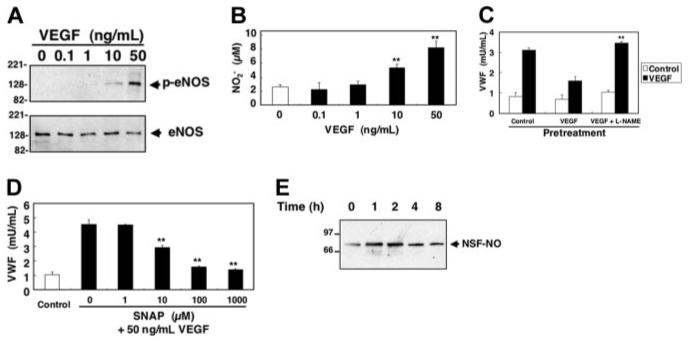Figure 6. Long-term treatment with VEGF activates NO synthesis which nitrosylates NSF and inhibits exocytosis.
(A) VEGF activates eNOS phosphorylation. HAECs were pretreated with 50 ng/mL VEGF for 30 minutes, and total cell lysates were immunoblotted with antibody to phospho-eNOS or eNOS. (B) VEGF activates NO synthesis. HAECs were treated with 50 ng/mL VEGF for 30 minutes, and the in the supernatant was measured by the Griess reaction (n = 3 ± SD; **P < .01 versus control). (C) Inhibition of endogenous NOS increases VEGF-induced VWF release. HAECs were pretreated with 1 mM L-NAME for 16 hours, washed, and then incubated with 50 ng/mL VEGF for 2 hours. Cells were washed and treated with VEGF 50 ng/mL for 1 hour, and the amount of VWF released from cells into the media was measured by an ELISA (n = 3 ± SD; **P < .01 for VEGF versus VEGF + L-NAME). (D) Exogenous NO decreases VEGF-induced VWF release from human aortic endothelial cells. HAECs were pretreated with SNAP for 4 hours, washed, and then incubated with 50 ng/mL VEGF for 1 hour. The amount of VWF released from cells into the media was measured by an ELISA (n = 3 ± SD; **P < .01 versus 0 μM SNAP). (E) VEGF activates nitrosylation of NSF. HAECs were treated with 50 ng/mL VEGF, and cells were harvested at various times after treatment. Cell lysates were immunoprecipitated with antibody to nitrosocysteine and immunoblotted with antibody to NSF.

